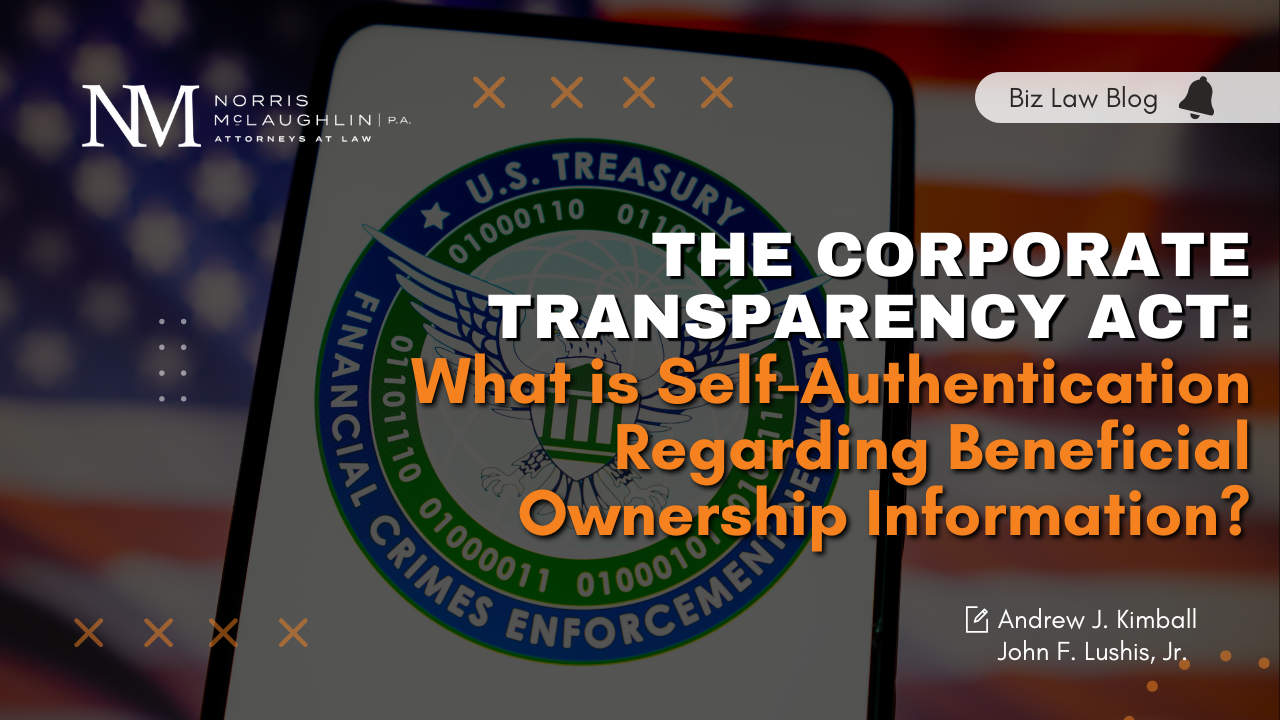Sell Only What You Know: Swiss Bank Negligence is a Fraud on Clients

The Swiss banking industry is dominated today by two major institutions: Credit Suisse Group AG, headquartered in Basel; and UBS, headquartered in Zurich. Credit Suisse Group AG was once the largest Swiss bank, and since 1998 been the second largest. Credit Suisse was founded in 1856, primarily to finance the country’s railroad system. It was organized as a joint stock company and operated as a holding company, owning the Swiss bank and several other financial institutions, including - in the late 20th century - the American investment bank First Boston & Co.
UBS dates to the 1860s, starting as a local bank, Bank in Winterthur, in Zurich. In 1912, Bank in Winterthur merged with another local institution, Toggenburger Bank, to form the Union Bank of Switzerland. Union Bank was also formed as a joint stock company and served as the holding company for the bank and other financial affiliates. Union Bank was second in size to Credit Suisse until Union Bank merged with Swiss Bank Corporation, the third largest Swiss bank, in 1998, and changed its name to UBS. UBS continues in the joint stock company form and serves as a holding company for many affiliated institutions. Swiss Bank Corporation had been formed in Basel in 1854 from the merger of six smaller institutions into the Bankverein Basel, which eventually changed its name to Swiss Bank Corporation. UBS is now the largest bank in Switzerland and in Europe, and the second largest bank in the world, with total assets of some $600 billion. Many years ago, in the early days of my professional career, I practiced in a law firm that regularly represented Swiss Bank Corporation.
In 2015 Credit Suisse decided to shut its wealth management business in the United States. Previously, Credit Suisse had developed an investment product that used a strategy of using short-term “out-of-the-money” put and call options on a stock index, typically a portfolio of existing securities owned by the client and held by the bank with a view toward gaining additional modest returns during periods of low volatility. This product was called “Yield Enhancement Strategy” or “YES.” The Credit Suisse financial advisors (the “YES TEAM”) who had sold it to approximately 300 clients with accounts totaling some $1 billion in YES, were, in the words of June 29, 2022, U.S. Securities and Exchange Commission (“SEC”) Order Instituting Administrative and Cease-And-Desist Proceedings (“Order”) against UBS “generally understood the significant risks of YES.” Put simply, if stock market volatility increases, that put, and call options can produce material financial losses instead of modest gains. The Order notes that the Credit Suisse YES clients also “generally understood” those significant downside risks.
UBS, which traditionally, through the 1990s, had been the most conservative of the three large Swiss banks, grew somewhat more adventuresome after the Swiss Bank Corporation merger. In 2015 UBS saw a business opportunity and paid some $50 million upfront to the Credit Suisse YES Team to bring the product and their existing clients over to UBS’s American wealth management operations. In February 2016, UBS began marketing YES to new clients. First, the YES Team “conducted roadshows at UBS’s offices in California, Texas”…New York, and elsewhere, according to the Order. The YES Team “marketed the strategy as a way to enhance returns on an existing portfolio of securities.” The YES Team explained to financial advisors and clients that “historically the strategy had generated gains of approximately 3% to 5% per year with worst-case historical losses of approximately 1% per year.” Although the YES Team did acknowledge that the strategy had produced losses of up to 11% in a single month, these marketing efforts brought in about 600 new client accounts with the amount invested in the YES product increasing by almost $2 billion.
In the Order, the SEC asserts that UBS “provided its financial advisor’s inadequate training in…[the] complex [YES] option trading strategy.” UBS recognized that training for its investment advisors was critical, but it provided only a “blast e-mail prepared by the YES Team” and a 17-page slide deck. Neither provided a full explanation of the downside risk of YES. Similarly, clients enrolling in YES were required to sign special account opening documents that acknowledged that there were risks in YES and that the clients could lose money but did not explain the nature and potential magnitude of those risks. UBS calculated downside risk daily (potentially 10%-20% during the marketing of YES), but none of those calculations were shared with either the UBS financial advisors OR the clients. Not surprisingly, the Order reports that “[c]ertain financial advisors and clients did not understand the significant downside risks of YES.”
Eventually becoming concerned about the management of the YES program, UBS hired a YES Supervisor in February 2017 and closed YES to new investments in March 2017, pending a thorough review. But by then the damage was done. In 2018 as market volatility increased, losses in the YES accounts mounted, totaling 18% for the year 2018. The Wall Street Journal reported, on page B 13 of the Friday, July 1, 2022, edition, that “UBS customers lost at least $60 million as of mid-2019.” The Order notes that “UBS’s net profits on the 600 accounts opened…[from February 2016 to February 2017] was approximately $5.8 million.
The SEC charged UBS with failing to act in the Best Interests of its clients, due to the inadequate training of its financial advisors and the continuing failures to disclose the scope of the potential downside risks posed by YES. Indeed, the Commission’s June 29, 2022, Press Release concerning the settlement of the enforcement action notes “[w]hen investors suffered losses, many of them, along with their financial advisors, expressed surprise and closed their YES accounts.” The Order found that UBS violated sections of the Investment Advisers Act of 1940, as amended, and an SEC Rule thereunder. UBS, without admitting the accuracy of the Commission’s findings, agreed to the following: the entry of a cease-and-desist order; a censure; payment of disgorgement of $5.8 million (its UBS’s net profits on YES) together with prejudgment interest of $1.4 million; and payment of a civil penalty of $17.4 million to be put in a Fair Fund for distribution to the harmed YES investors.
It seems unlikely that UBS set out in 2015 to fease a fraud, but it also seems clear that one cannot claim to give investment advice in clients’ Best Interests when it involves selling a complex investment product one does not understand. The old Chemical Bank advertisements said that “Yes, is a Chemical reaction” -- but in this case, that reaction was toxic, especially for the UBS investors.
If you have any questions about this post or any other related securities or general business law matters, please feel free to contact me at pdhutcheon@norris-law.com.




